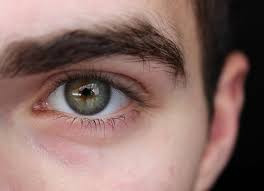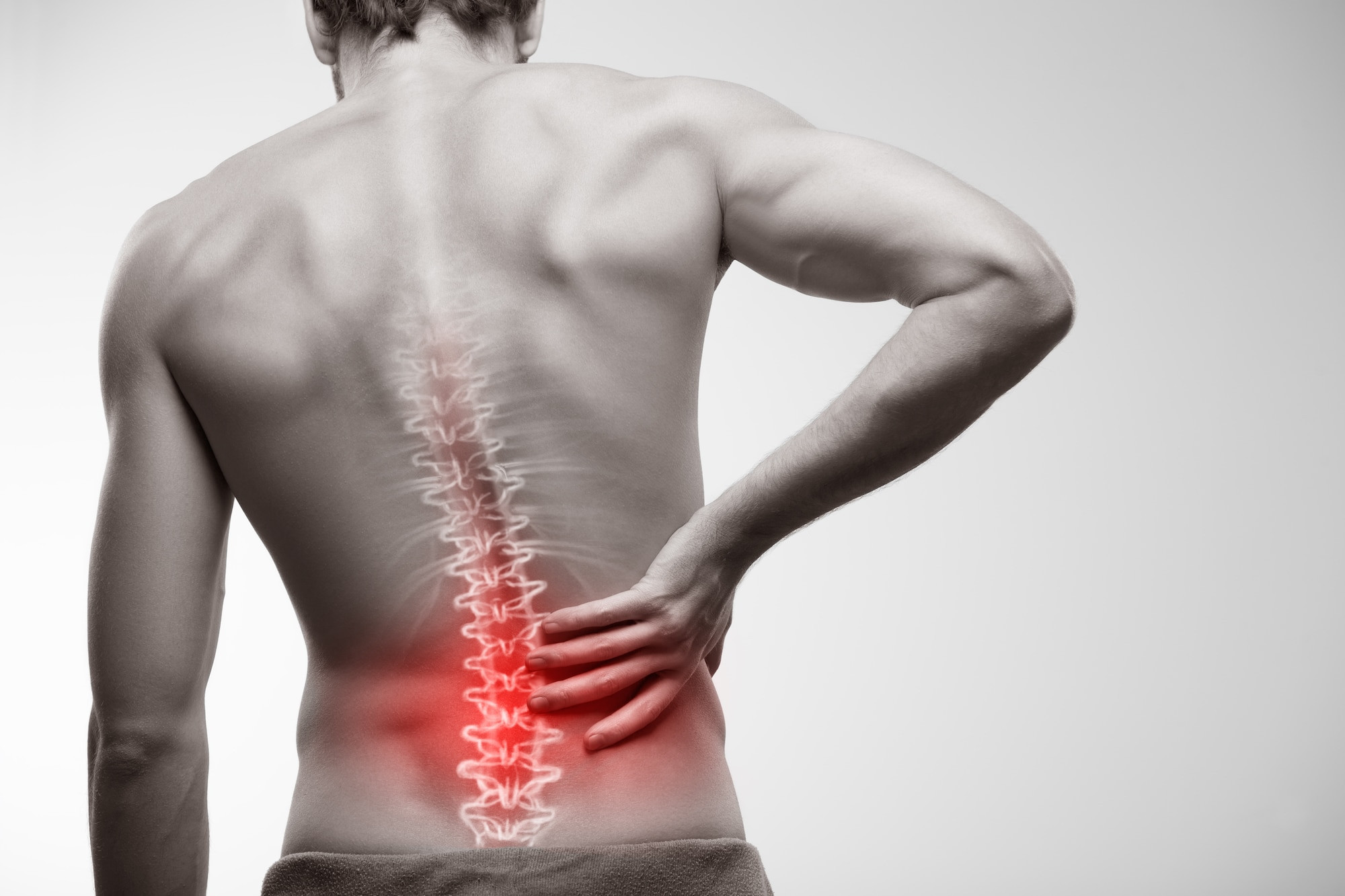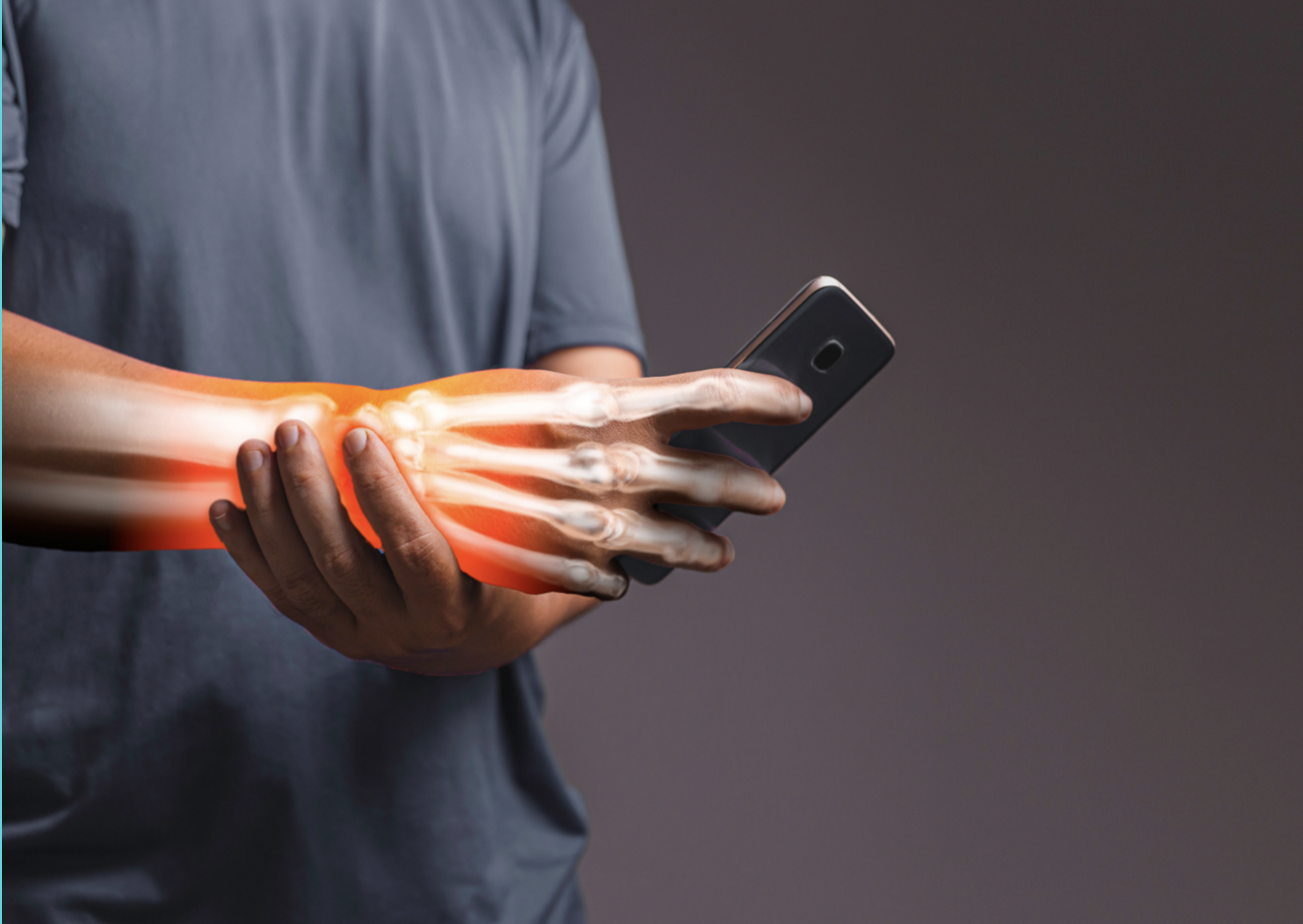Definisi
Amyotrophic Lateral Sclerosis (ALS) adalah kelainan saraf yang bersifat progresif, dan menyerang saraf di otak dan sumsum tulang belakang. Gejala ALS yang paling khas adalah hilangnya kemampuan untuk menggerakkan otot. Nama lain ALS adalah penyakit Lou Gehrig, yang merupakan seorang pemain bola kasti di Amerika Serikat yang mengalami ALS. Pada beberapa kasus, ALS diturunkan dari keluarga. ALS merupakan kelainan yang langka. Hingga saat ini, belum ditemukan adanya terapi yang efektif untuk ALS atau pengobatan untuk menghambat gejala yang timbul. Jumlah kasus ALS di Amerika Serikat adalah 30.000 dengan pertambahan kasus sebanyak 5.000 per tahun.
Penyebab
Hingga saat ini, penyebab timbulnya ALS masih belum diketahui. Sebanyak 9 dari 10 kasus tidak diketahui penyebabnya. Penyebab dari hilangnya kemampuan untuk mengendalikan otot di tubuh adalah serabut saraf yang rusak dan mati. Pada saat serabut saraf mati, tidak ada hantaran listrik ke daerah yang dipersarafi sehingga semakin lama otot akan semakin lemah, berkedut kemudian akan mengecil. Pada akhirnya, pasien dengan ALS akan kehilangan kemampuan untuk mengontrol semua otot. Hal ini dapat terjadi dalam 3-5 tahun setelah timbulnya gejala, namun 10% dari pasien dengan ALS dapat bertahan hidup hingga 10 tahun.
Selain faktor genetik, faktor lingkungan diketahui dapat menyebabkan ALS seperti riwayat paparan ke bahan-bahan yang bersifat racun. Penelitian yang ada saat ini berfokus dalam mekanisme seluler yang terjadi pada ALS, mengidentifikasi faktor risiko, dan pengobatan yang baru.
Faktor Risiko
Beberapa faktor risiko yang telah diketahui membuat seseorang lebih rentan mengalami ALS:
- Usia 40-70 tahun, walaupun ALS dapat timbul kapan saja.
- Laki-laki: lebih sering mengalami ALS dibandingkan perempuan.
- Keturunan di dalam keluarga: sebanyak 5-10 persen kasus ALS memiliki keturunan di keluarga.
Gejala
ALS awalnya timbul sebagai kelainan pada otot atau adanya kekakuan pada bagian tertentu, dan menyebar ke bagian otot yang lain. Gejala yang dapat timbul pada seseorang dengan ALS adalah:
- Kedutan yang terjadi di daerah tangan, kaki, bahu, dan lidah.
- Kekakuan otot/kram.
- Kelemahan otot di tangan, leher, dan otot pernafasan (diafragma).
- Kesulitan dalam berbicara.
- Kesulitan dalam mengunyah dan menelan, sehingga menyebabkan seseorang tersedak.
- Sering terjatuh atau terpeleset saat berjalan.
- Pincang saat berjalan.
- Kesulitan dalam menggunakan tangan kanan atau jari-jari tangan.
Gejala awal dapat dilihat dari kesulitan dalam mengancingkan baju, membuka kunci, atau melakukan kegiatan rutin lainnya. Pada akhirnya, seseorang akan kehilangan kemampuannya untuk berbicara, makan, bergerak hingga bernafas. Urutan kehilangan kemampuan untuk mengendalikan otot berbeda pada setiap orang. Kehilangan kemampuan bernafas merupakan salah satu penyebab kematian paling besar pada orang dengan ALS. Selain kehilangan kemampuan untuk menggerakkan otot, kerusakan saraf dapat menimbulkan rasa nyeri yang tidak dapat hilang.
Penderita ALS juga dapat mengalami depresi akibat gejala yang dialami. Kemampuan untuk mengingat dan mengerti tidak hilang, sehingga menyadari bahwa ia kehilangan kemampuan untuk bergerak perlahan-lahan dapat menyebabkan depresi hingga demensia.
Diagnosis
Diagnosis pasti dari ALS sulit untuk ditegakkan di awal perjalanan penyakit. Diagnosis pasti dapat dilihat saat penyakit mulai berkembang dan menunjukkan gejala yang lebih jelas untuk menyingkirkan kemungkinan penyebab lain. Diagnosis ALS ditegakkan jika terdapat minimal 3 lokasi tempat kelemahan otot. Pada pemeriksaan fisik, dokter akan menilai refleks, kekuatan otot, fungsi sensorik, koordinasi, dan keseimbangan.
Pemeriksaan tambahan lain yang dapat membantu mendiagnosa ALS adalah:
- Tes laboratorium seperti pemeriksaan darah, urin, atau fungsi tiroid.
- Biopsi otot atau saraf.
- Analisa cairan otak atau sumsum tulang belakang.
- Pemeriksaan radiologi seperti x-ray dan MRI.
- Pemeriksaan EMG: Pemeriksaan EMG dapat menunjukkan diagnosis pasti dari ALS, dimana terdapat hantaran impuls yang normal untuk fungsi sensorik seperti rangsangan sentuhan atau suhu namun tidak dapat menghantarkan impuls untuk bergerak.
Tata Laksana
Hingga saat ini belum ada pengobatan yang dapat mengobati ALS, pengobatan yang ada saat ini bertujuan untuk mencegah kerusakan pada saraf sehingga menunda perkembangan kerusakan otot pada ALS. Berikut beberapa pengobatan yang dapat dilakukan untuk membuat gejala lebih nyaman, yaitu:
- Obat untuk mengobati otot yang kram, produksi air liur yang berlebih dan gejala lain.
- Penggunaan kolam yang berisi air panas untuk mengobati kram otot.
- Konseling nutrisi, untuk menentukan pilihan makanan saat pasien sulit menelan
- Penggunaan alat bantu seperti penyangga saat sulit untuk melakukan kegiatan sehari-hari.
- Menggunakan kursi roda, untuk memaksimalkan kemampuan mandiri.
Terapi rehabilitasi fisik dapat dapat mengobati keluhan nyeri saat berjalan, bergerak dan mempertahankan kemandirian pasien dalam melakukan kegiatan. Terapis okupasi dapat membantu pasien dalam tetap menggunakan tangan dan anggota gerak lainnya menggunakan bantuan alat. Selain itu, pasien dengan ALS membutuhkan dukungan emosional dan terapi dari keluarga dan lingkungan di sekitarnya.
Pasien dengan ALS tidak dilarang untuk melakukan olahraga, namun harus menghindari olahraga yang bersifat endurance atau melakukan gerakan yang sama berulang-ulang. Tujuan utama dari berolahraga pada pasien ALS adalah untuk mengurangi nyeri dan mempertahankan sendi yang fleksibel.
Komplikasi
Komplikasi pada pasien dengan ALS adalah:
- Kesulitan dalam bernafas: dapat terjadi dalam waktu 3-5 tahun setelah munculnya gejala.
- Kesulitan dalam berbicara: awalnya kesulitan untuk menyebutkan beberapa kata, kemudian kesulitan untuk berbicara, dan dapat menyebabkan kesulitan dalam menelan.
- Demensia: beberapa pasien dengan ALS mengalami kesulitan dalam mengingat dan berpikir yang disebabkan oleh demensia.
Pencegahan
Hingga saat ini belum ada tindakan pencegahan ALS yang pasti. Melakukan aktivitas fisik yang rutin dan mengonsumsi makanan yang bergizi dapat mencegah penuaan sel dan menurunkan peradangan, sehingga dapat melawan komplikasi yang muncul di ALS. Faktor lingkungan yang telah diketahui dapat menyebabkan ALS adalah rokok.
Kapan Harus ke Dokter?
Segera pergi ke dokter untuk menerima penanganan medis jika anda memiliki salah satu gejala di bawah ini:
- Kesulitan untuk berbicara/bicara pelo saat sedang lelah.
- Sulit untuk menelan cairan/makanan padat, sering tersedak, dan produksi air liur yang berlebih.
- Kehilangan kemampuan untuk menggunakan tangan dan kelemahan di bagian tubuh tertentu.
- Kedutan di otot disertai dengan ukuran otot yang semakin kecil.
- Kesulitan dalam bernafas.
- Perubahan dalam tingkah laku dan keadaan emosional.
Jika gejala di atas tidak segera hilang atau semakin memburuk, hal tersebut dapat menunjukkan gejala awal dari ALS.
Mau tahu informasi seputar penyakit lainnya? Cek di sini, ya!
- dr Ayu Munawaroh, MKK
Amyotrophic lateral sclerosis (ALS) - Diagnosis and treatment - Mayo Clinic. Mayoclinic.org. (2021).
Amyotrophic Lateral Sclerosis (ALS) Fact Sheet | National Institute of Neurological Disorders and Stroke. Ninds.nih.gov. (2021).
Armon, C., & Lorenzo, N. (2021). Amyotrophic Lateral Sclerosis Treatment & Management: Approach Considerations, Inpatient and Outpatient Care, Pharmacologic Treatment. Emedicine.medscape.com.
Heller, L. (2021). ALS Treatment, Amyotrophic Lateral Sclerosis, Lou Gehrig's disease. Hopkinsmedicine.org.
Melinosky, C. (2021). What is ALS? What Are the Types and Causes?. WebMD.
Pharma, A. (2021). RILUTEK 50 mg film-coated tablets - Patient’s Leaflet. Medikamio.com.
Fitzgerald, K. (2021). ALS May Be Prevented By Eating Colorful Fruits And Vegetables. Medicalnewstoday.com.












